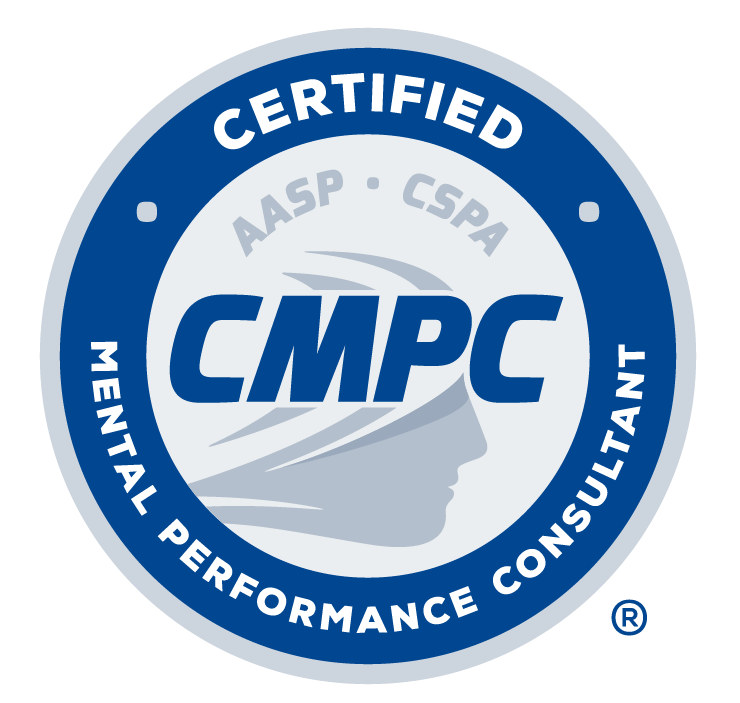How Music Can Help Athletes Recover from Sports Injuries

Published
When athletes experience a sport-related injury, there is usually a predictable process they will experience during rehabilitation. First, the injury will be assessed by a medical professional to determine the level of care needed. Then, the athlete will undergo surgery and/or physical therapy. Once this stage of recovery is complete, the athlete is then considered healthy enough to return to their sport. While this is widely considered the standard process to ‘properly’ heal an injury, there is a critical component that frequently goes untreated: the psychological symptoms experienced (Arvinen-Barrow & Walker, 2017). Because traditional sports-medicine practices are rooted in Western medicine principles, there are rarely interdisciplinary teams that include members with training in sport psychology; hence, the treatment focus remains on the body and not the mind. The purpose of this blog is to bring awareness to this significant issue by exploring the neuroscience behind a sport-related injury, how this issue can affect athletes if left untreated, and to review a strategy that athletes can use to help speed up the psychological aspect of their rehabilitation. Let us dive into the neuroscience of sport injuries.
The Neuroscience of Sport Trauma
There is a lot about the brain we do not know; however, research has helped us better understand some of the predictable neuropsychological mechanisms that will occur after a sports-related injury. When an athlete experiences an injury, sensory information about the event is processed within an area of the brain called the thalamus (Van Der Kolk, 2014). Then, the emotional importance is determined by the amygdala. Stress hormones are produced by the hypothalamus and the autonomic nervous system to generate a survival response, which minimizes the ability of the prefrontal cortex (the logic center of the brain) to generate a response. This process leaves certain regions of the brain, known as the subcortical brain (our lizard brain), highly active and generating dysregulation behaviors. Even when the injury event is over, the subcortical brain will continue to leave our internal alarm systems activated. But why should athletes be aware of this rehabilitation-related process?
How Untreated Psychological Symptoms of Injury Can Affect Athletes Long-Term
Even after doctors and physical therapists have ‘treated’ the location of the injury, an athlete’s brain can remain in a hypervigilant state. One or multiple stress events such as a
sports-related injury can unfortunately train our autonomic nervous system to remain in either a sympathetic or dorsal vagal state (e.g., fight, flight, freeze responses, muscle guarding or labored breathing; Porges, 2011). This neurophysiological response is not repaired through the traditional sports-medicine interventions/physical rehabilitation and must be dealt with from a mental conditioning approach. One such option is a psychosomatic intervention, which uses techniques that enhance the mind-body connection.
How Auditory Stimulation Can Retrain the Autonomic Nervous System
Research supports the use of psychosomatic-based interventions as highly effective when helping individuals reduce injury-related anxiety and trauma symptoms (Anderegg, 2015; Bowan, 2018). One type of psychosomatic intervention gaining traction within the sport psychology community is auditory stimulation. The aim of this approach is to help athletes retrain their autonomic nervous system to return to a healthier baseline. For instance, research supports the idea that certain types of auditory stimulation can help reduce an individual’s sympathetic and dorsal vagal system response (remember, this refers to the fight, flight, freeze responses, muscle guarding, labored breathing, etc.) to more of a parasympathetic response (Porges, 2011). Specific examples of benefits include case studies of athletes experiencing decreased symptoms of anxiety and depression, as well as increased emotional regulation and resiliency (Roberts, 2023).
This intervention appears to be effective because there is a neurologic connection between autonomic nervous system regulation and the processing of acoustic information. Much like systematic mental training, athletes who are undergoing injury rehabilitation could regularly schedule auditory stimulation sessions with the goal of retraining their central nervous system to produce more frequent experiences of a relaxed, parasympathetic nervous system state. Athletes who listen to relaxing music or audio stimulation with different frequencies can increase the likelihood of returning to a calmer baseline.
A Case of Using Auditory Stimulation During Sport Injury Recovery
Emily is a collegiate track athlete who recently tore her ACL during one of her events. After having undergone an ACL repair surgery, her doctor recommended that Emily continue her rehabilitation at a local sports medicine clinic. During one of her physical therapy sessions, her physical therapist (PT) noticed that Emily was starting to consistently clench her fists and sweat profusely before she even began her session. The PT decided to have Emily speak with the sports medicine team’s Certified Mental Performance Consultant® (CMPC) to see if they could help Emily relax more before the sessions began. When the CMPC spoke with Emily, she reported that she had been experiencing increased symptoms of anxiety, but only right before her therapy session. The CMPC recommended that Emily arrive at least 10 minutes early before her weekly appointments and spend time listening to several types of relaxing music right before treatment. The CMPC also encouraged Emily to listen to relaxing music at least four times per week outside of physical therapy sessions, for 10 minutes each time. After several weeks, the CMPC checked back in with Emily to see how progress was going. Emily said she noticed right before she began her therapy sessions that she was less nervous and felt more comfortable going through the exercises.
Hopefully, this article has addressed the importance of viewing sport-related injuries from the mind-body connection and how critical it is for athletes to use rehabilitation techniques that address this concept. Athletes can take comfort in knowing that auditory stimulation is an excellent option since it can be simultaneously integrated with any treatment model and potentially help reprogram their autonomic nervous system to be in a calmer, more relaxed state.
References:
- Anderegg, J. (2015). Effective treatments for generalized anxiety disorder. Brainspotting, 2(1), 1-11.
- Arvinen-Barrow, M., & Walker, N. (Eds.). (2017). The psychology of sport injury and rehabilitation. Routledge.
- Bowan, M. (2008). Treatment of panic attack with vergence therapy and unexpected visual-vagus connection. Journal of Behavioral Optometry 19, 155-159.
- Porges, S. W. (2011). The polyvagal theory: Neurophysiological foundations of emotions, attachment, communication, and self-regulation. W. W. Norton & Company.
- Roberts, S. (2023). Olympic athlete sees improved performance, resiliency and focus after the Safe and Sound Protocol (SSP). Integrated Listening Systems. Retrieved from https://integratedlistening.com/case-study/olympic-athlete-sees-improved-performance-resiliency-and-focus-after-the-safe-and-sound-protocol-ssp/
- Van Der Kolk, B. A. (2014). The body keeps the score: Brain, mind, and body in the healing of trauma. Penguin.
Share this article:
Published in:





